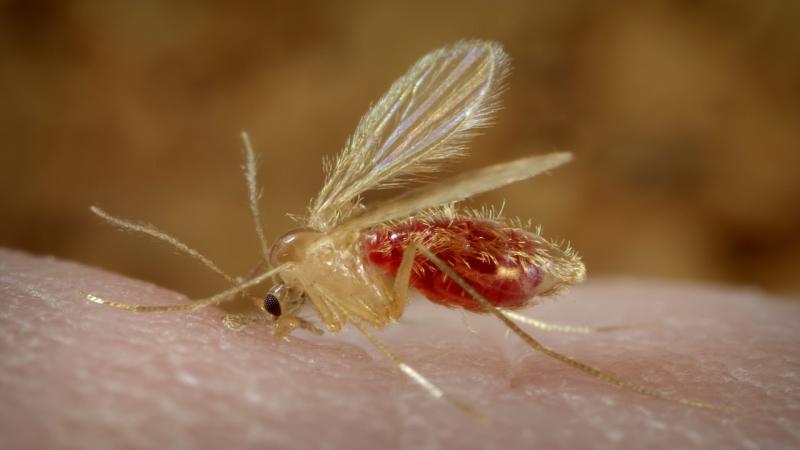
Visceral leishmaniasis, or kala-azar, is an insidious disease that affects thousands of people, particularly in Bihar and Jharkhand each year. Often presented without apparent symptoms- such as intermittent fever and loss of appetite-this illness can be fatal if not diagnosed and treated within two years. It is caused by the parasite Leishmania donovani and spreads through the bite of the Phlebotomine sandfly. Today, despite efforts to eliminate the disease, India bears one of the world’s largest burdens of kala-azar.
A recent study published in the journal PLOS Neglected Tropical Diseases has investigated the factors that lead to the delayed diagnosis and treatment of kala-azar. The researchers, from the Foundation for Research in Health Systems, Bengaluru, and KalaCORE, New Delhi, have surveyed villagers in Bihar and Jharkhand for this study.
“Kala-azar is still endemic in the states of Bihar, Jharkhand, West Bengal and Uttar Pradesh, with Bihar contributing to nearly 70% of the cases in India,” they point out.
In 2005, as part of a regional elimination initiative, India set a target defined at less than one case of kala-azar per 10,000 people at the sub-district or block-level. However, achieving this goal wasn’t that simple. At each block, the populations ranged from 80,000 to 300,000 people. Today, India is still the only country not to have achieved its target. The current study strived to know why.
The researchers conducted in-depth interviews with 42 patients, 11 healthcare workers, 11 unqualified health providers and groups of community elders in the villages of Bihar and Jharkhand. They then constructed a timeline of perspectives and decisions about healthcare-seeking behaviour in these regions. They found that many factors hampered elimination efforts.
Most patients would initially start with self-medication, often with over-the-counter medicines. When the symptoms did not subside, they repeatedly visited local, unqualified care providers. When it got worse, the patients would visit one or more private facilities that would diagnose the disease and encourage them to visit a government facility.
The study found that most people diagnosed with kala-azar lived in sheer poverty, and belonged to the Scheduled Castes and Scheduled Tribes, which affected their access to proper treatment. The general perception among people was that the illness was mild or was “just a fever”. Since the symptoms did not fit the pattern of any known disease, most patients assumed that it was not serious. There was also a striking lack of awareness of this disease. While a few participants were aware, many believed that a potentially fatal disease would have more severe symptoms!
Another major factor contributing to the delay in treatment was that women’s health was considered a low priority. Many female patients did not have a male family member accompanying them to the treatment facility as the men had migrated to cities or were working long days.
“Women are not able to come when the man is not at home,'' said one of the interviewed participants. Women themselves also prioritised household chores over seeking treatment on time.
The survey also revealed a general lack of trust in government facilities amongst kala-azar patients and community members. "Although treatment is free in government hospitals, it is far off, and often medicines are not available there," said a participant. However, in a few instances, the researchers found that patients who eventually visited a government facility for treatment reported complete relief from symptoms.
Each year, the world experiences up to 10 lakh cases of visceral leishmaniasis. Though it is prevalent in the Indian subcontinent and East Africa, India accounts for nearly half of all cases worldwide. The National Roadmap for kala-azar Elimination plans to tackle this challenge by making effective diagnosis and treatment procedures available. As a result, there has already been a steady decline of 82% in reported visceral leishmaniasis cases in India, between 2011 and 2017. The researchers recommend that sensitisation of the masses, including patients and health practitioners, about the disease, is a big step. Besides, an emphasis on early care-seeking behaviour among women could help India reach its ongoing elimination target, they say.






